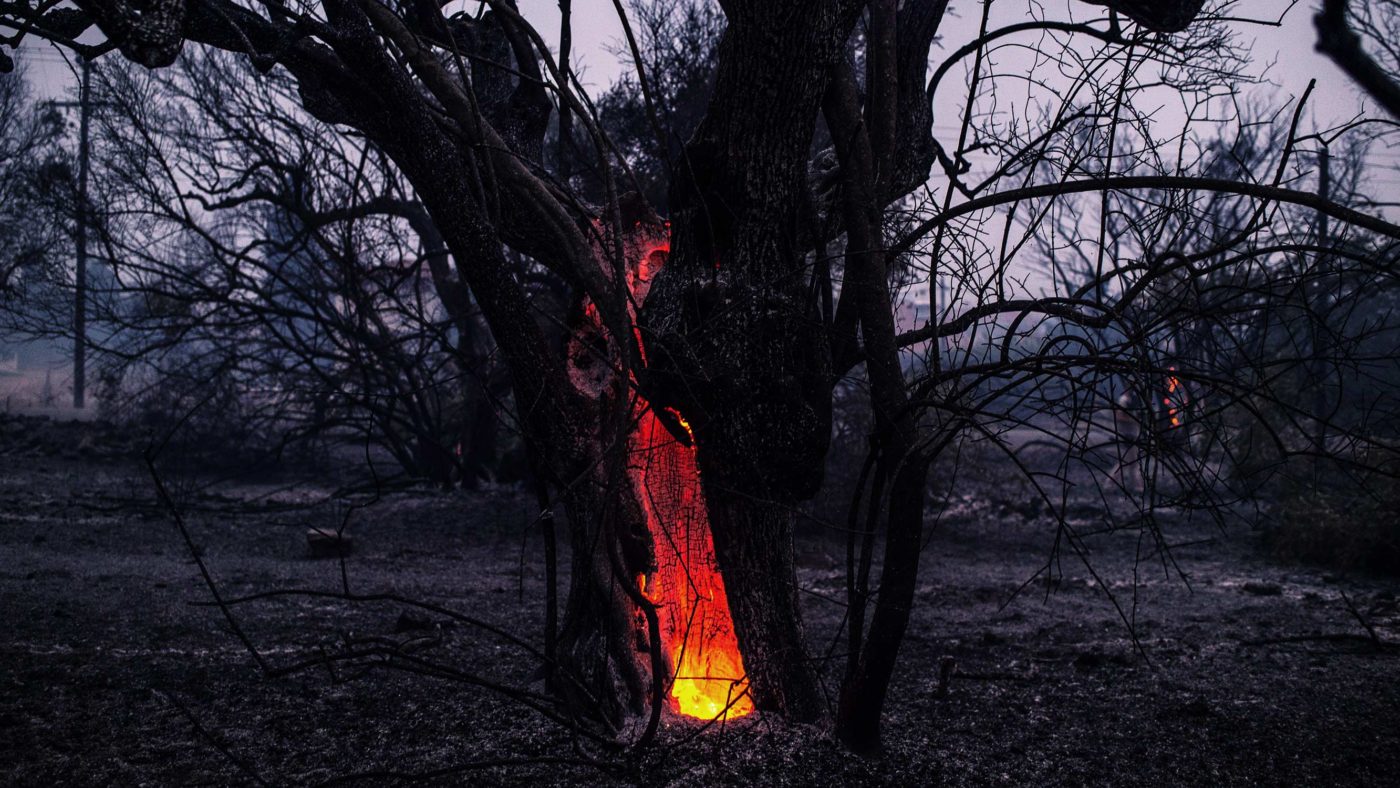Climate change is widespread, rapid, and intensifying. If the authors of the Intergovernmental Panel on Climate Change’s mammoth new publication – the Working Group I contribution to the Sixth Assessment Report – wanted readers to take just one message away, that was it. If the evidence of the likely causes and impacts of our planet’s changing climate weren’t clear enough already, ‘AR6’ puts them into sharp relief.
The painstaking level of detail in the publication cannot be stressed enough. The press release accompanying AR6 noted that it was the combined effort of 246 authors from 66 countries. It had a further 517 contributing authors, and contained 14,000 cited references. Make sure you have a good internet connection if you want to download the full report, because it clocks in at just shy of 4,000 pages. Thankfully, there is a ‘summary for policymakers’ which is a much more manageable 41 pages long, and should be required reading for anyone remotely interested in the state of our planet. (If even that is too much, a two-page executive summary still gives all the headlines you need.)
Indeed, that’s where the summary begins – giving a comprehensive overview of where our understanding of the physical impacts of climate change stands. It asserts that it is now “unequivocal” that anthropogenic greenhouse gas emissions have warmed the atmosphere, oceans, and land – with the best estimate for exactly how much warming has occurred measuring at 1.07C (based on comparing average global surface temperatures from 2010-2019 to 1850-1900).
This rapid heating has had numerous consequences for virtually every facet of life on earth. Just take your pick of the below statements:
“Globally averaged precipitation over land has likely increased since 1950, with a faster rate of increase since the 1980s”.
“Mid-latitude storm tracks have likely shifted poleward in both hemispheres since the 1980s”.
“Human influence is very likely the main driver of the global retreat of glaciers since the 1990s”.
“It is very likely that human influence has contributed to the observed surface melting of the Greenland Ice Sheet over the past two decades”.
“It is virtually certain that human-caused CO2 emissions are the main driver of current global acidification of the surface open ocean”.
“It is virtually certain that hot extremes (including heatwaves) have become more frequent and more intense across most land regions since the 1950s”.
To choose one final quote, few hit harder than the following: “The scale of recent changes across the climate system as a whole and the present state of many aspects of the climate system are unprecedented over many centuries to many thousands of years”. What we are experiencing on a regular basis now is simply not normal.
AR6 isn’t just a stock take of where we are currently, however. It also has a go at mapping out possible climate futures, and what different emissions scenarios could spell for the planet. Worryingly, under all of the emissions scenarios that were plotted, the earth’s surface warming is projected to reach at least 1.5C within the next two decades. Longer term estimates (for the period 2081-2100) foretell a story of anywhere between 1.4C or 4.4C, depending on how successful (or not) the world is in cutting – and also sequestering – emissions of different greenhouse gases.
That is not to say any one of these scenarios will necessarily come true. They are scenarios, and scenarios are subject to change. As climate expert Zeke Hausfather points out, “the world is not committed to 1.5C at current CO2 concentrations”, which means avoiding it – something he is sceptical of our ability to do, incidentally – will be a political and economic challenge, but not one of pure physics.
In this light, those in positions of authority have a duty to shift the dial as much as possible to avert the worst future impacts of climate change (beyond what we must already contend with, that is). Politicians must lead, even if it means confronting hard choices. Are we prepared to broaden the reach of carbon pricing through the UK Emissions Trading System? Are we prepared to confront emissions embodied in our imports with a carbon border adjustment mechanism? Are we prepared to reduce and ultimately remove subsidies and state support for polluting industries?
The response to the coronavirus pandemic give grounds for both hope and fear: on the one hand, there have been countless missteps which have doubtlessly prolonged the crisis and lead to more deaths and hospitalisations than was inevitable; on the other, the Government did heed lessons (however unpopular among certain quarters), and the vaccine rollout has been a great success. When people were presented with the facts, most were supportive of the efforts necessary to quell the threat.
In recent weeks, some of the usual suspects have been seeking to undermine the Government’s Net Zero commitment. But while there’s scope for all kinds of debate over how we get to Net Zero – and how ministers can take the public with them – the latest IPCC report shows why that journey is essential. Of course, we can’t solve the problem in Britain alone. That’s why this report needs to kick off a renewed effort to reduce emissions on an international scale – which is exactly the point of the COP26 summit this country is hosting in November. Let’s hope it succeeds.
Click here to subscribe to our daily briefing – the best pieces from CapX and across the web.
CapX depends on the generosity of its readers. If you value what we do, please consider making a donation.


